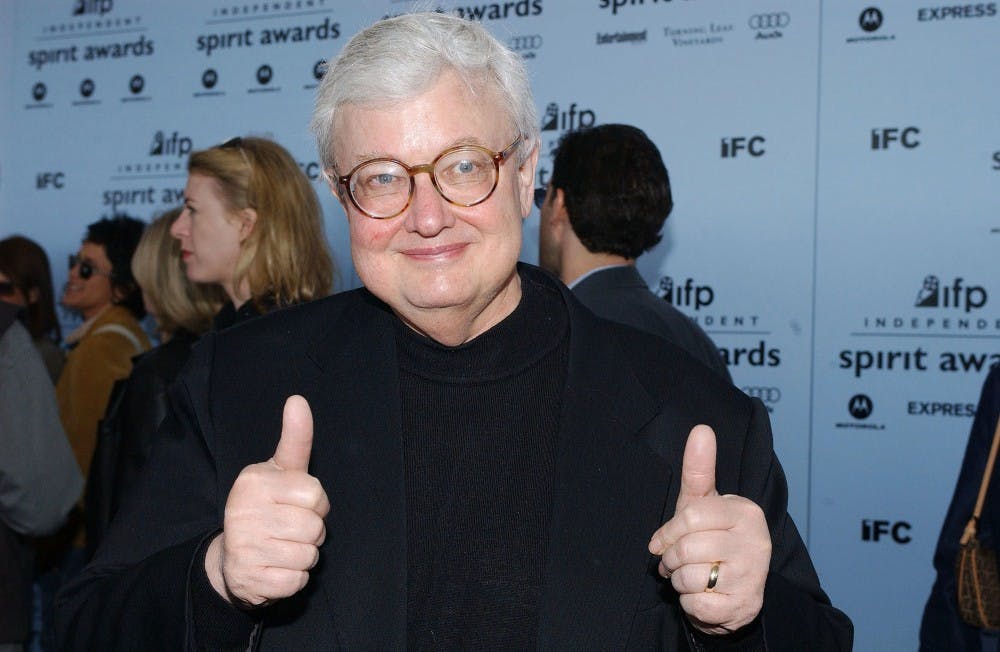As a bright-eyed, Roger Ebert-obsessed, barely competent high school newspaper film critic, I was giddy at advanced screenings. Armed with a pen and notebook, I scribbled down barely legible notes while my eyes were transfixed on the screen.
Back then, I didn’t understand how lucky I was to write what I was writing without worrying about pay or vanishing jobs. I also had no idea that the art critic was a dying breed.
As newsrooms downsize, art critics have been among the first to go. The ever-dwindling number of art critics has been well-documented by publications from the Guardian to the Brooklyn Rail, but specific numbers are hard to find.
The Jazz Journalists Association estimates fewer than 10 of their members still have full-time newspaper jobs. The American Theatre Critics Association and the National Society of Film Critics have reported similarly decimated ranks.
Art critics have become an endangered species, icons of a bygone era unseated by bloggers and Twitter aficionados. As criticism has been threatened with isolation to academic spheres for only a select elite, many have argued it’s no longer relevant in today’s art scene.
Others say art reviews don’t get online attention. Why should we be publishing what no one reads anyway? But the thing is that older readers, who pick up print copies, are more likely to be fans of types of performing arts that often get overlooked in newspapers.
Should clicks dictate coverage to such a degree? Compared with news and sports, arts seems to more easily fall victim to this mindset as only the buzz-worthiest, most easily digestible survive, and the less palatable visual arts, dance and theater criticism get lost under superhero movies, binge-worthy Netflix shows and popstar gossip.
In her piece “Out of the Ivory Tower: Social Responsibility and the Art Critic,” one of my favorite critics, Eleanor Heartney, claimed critics fought against those who “weaken the open exchange of ideas and the freedom of opportunity essential to a vital culture.”
Heartney says as resources flow to the upper class and away from public arts education, the social responsibility of the critic becomes “investigating the ways in which art and the art world are implicated in these developments.” Critics also explore how art mirrors society and social inequality.
Like any other journalist, a critic investigates and holds a mirror up to society. Their work is no less important than the rest of ours.
Another great critic, Rebecca Solnit, claims critics “can liberate a work of art, to be seen fully, to remain alive, to engage in a conversation that will not ever end but will instead keep feeding the imagination.” And so, criticism becomes art in its own right.
Critics don’t just tell us if something is worth our time and money. In this age of self-publishing, critics draw attention to genuinely good underground work. Local critics especially help communities understand the important role of art in society, and they pluck talented artists out of the shadows and place them in the spotlight where they can be seen and heard — and challenge the mainstream.
And by exploring art day after day, critics have an understanding of the context of each piece of art. I don’t have time to dip my toes into every facet of art. When I need help to understand the significance, history and influence of areas I’m less well-versed in, I turn to critics.
Criticism is also a treasure trove for art history, sociology, anthropology and countless other disciplines. Critics take snapshots of this time in history by preserving an image of culture, what art reflected, and how it was influenced by political and social factors. For generations to come, people can look back on the work of critics to understand how this era fit into the grand scheme of artistic history.
It’s easy to hate art critics for being pretentious elitists, but it’s important to understand the role they play in our culture and in helping us better understand society. And for that, they deserve a place in our newsrooms — if only we can figure out how to pay them.





